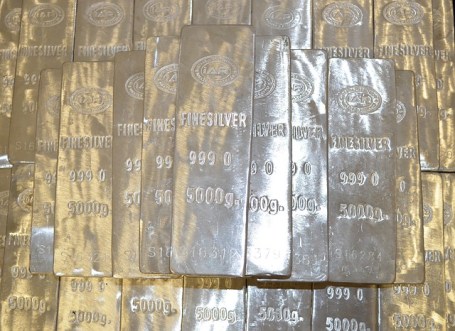The silver market will likely face its third consecutive annual physical deficit in 2015, according to the recently released Interim Silver Market Review by Thomson Reuters.

A drop in supply due to flat mine production and a spike in demand for silver coins are among the factors figuring prominently in the predicted physical deficit.
Silver bullion coin sales hit record highs in the third quarter of 2015, totaling 32.9 million ounces. That represents a 95% year-on-year increase. A summary of the market review notes North American sales jumped an even more robust 103%:
This largely unexpected surge resulted in an unprecedented shortage of current year silver bullion coins among the world’s largest sovereign mints. Silver coin demand is forecast to increase 21% in 2015 to total a record high of 129.9 million ounces. Coin demand should account for 12% of physical demand this year, up from 10% in 2014 and just 4% ten years ago.”
As demand for silver coins surges, analysts expect the total silver supply to decline 1,014.4 million ounces this year, a 3% decrease from 2014. Mine production remains flat, with an expected production increase of just 0.3% from last year. That represents the weakest performance since 2002. Scrap supply is also expected to fall for the fourth consecutive year, driven by a 5% decrease in scrap return.
Silver demand from the energy sector remains strong. The photovoltaics industry is forecast to see a 17% increase, just shy of the record 75.8 million ounces in 2011 according to the market review:
Solar will make up 13% of total industrial demand, up from 11% in 2014 and just 1% a decade ago. Silver demand from ethylene oxide producers is predicted to increase 49% to total 8.0 million ounces in 2015, the highest since 2010.”
All of this will result in a projected physical deficit of 42.7 million ounces in 2015, marking the third straight year demand has outstripped supply. As the market review points out, a single year deficit won’t necessarily impact prices, but as the deficits pile up year-on-year, they can begin to apply upward pressure:













Leave A Comment